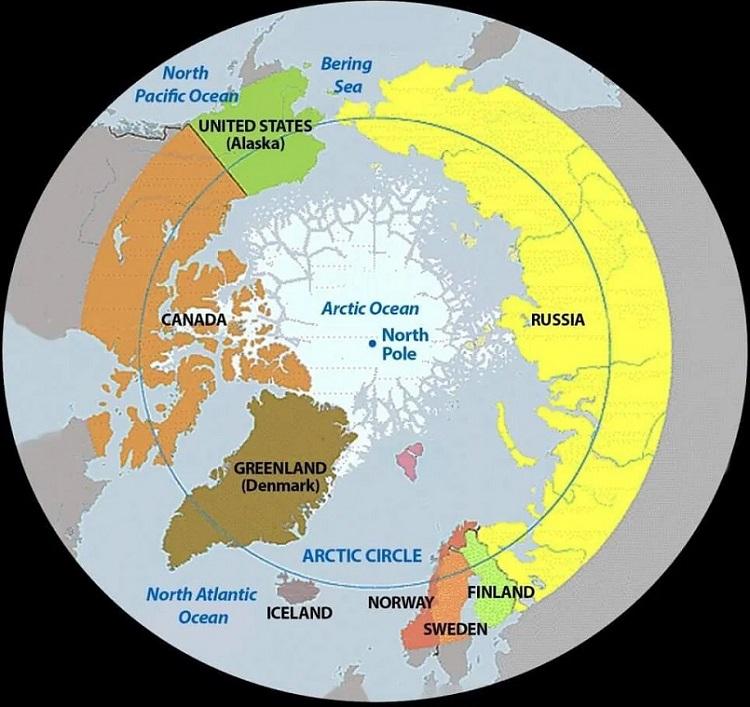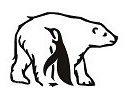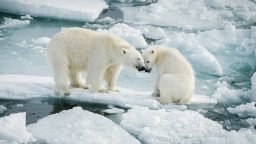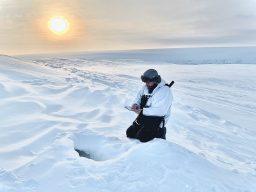The Arctic

What is the Arctic? The Arctic is a land of the setting sun in summer and the lingering winter night illuminated by the aurora borealis; a world of frosts, snowstorms, drifting ice, vast glaciers and Arctic deserts.
The Arctic comes from “arkticos” (northern), which the ancient Greeks used to designate the constellation Ursa Major located in the northern side of the sky. These are the seas, and the land, and the huge ice fields, and the snow-covered expanses of the polar tundra. You can imagine the Arctic in the form of a cap stretched over the globe from its northern side. Then the North Pole will be right on top of your head.
It has no exact boundaries. Sometimes this boundary is drawn along the Arctic Circle, which encircles our Earth at 66 degrees and 33 minutes north latitude.
The Arctic is the northern polar region of the Earth, which includes the deep-sea Arctic basin with shallow marginal seas, islands and adjacent parts of the mainland of Eurasia and North America. The southern border of the Arctic coincides with the northern border of the tundra zone.
The area of the Arctic is about 27 million km2, which is almost three times the size of Europe. The Arctic Ocean, with an area of 14.75 million km2, occupies the central part of the pole region. The Arctic Circle is an imaginary line that runs parallel to the equator.
Arctic Poles
There are four poles in the Arctic: the geographical North Pole, the magnetic pole, the pole of cold and the pole of inaccessibility. These points in the Northern Hemisphere are widely scattered and do not coincide with the geographical pole through which the axis of rotation of the globe “passes”.
The magnetic pole is a conventional point on the Earth’s surface where the Earth’s magnetic field is directed at a right angle to the surface. The position of the magnetic pole is unstable and its coordinates are temporary and inaccurate, as it moves along an elliptical line every day.
the trajectory is moving in a north and northwest direction.
Since the second half of the twentieth century, the pole has been moving towards Taimyr, during “calm” periods at a speed of one kilometer per year, and during periods of geomagnetic activity up to tens of kilometers per year. There is a place on the globe that is colder than the North Pole.
On the maps of meteorologists around the world, it is designated as the cold pole of the Northern Hemisphere. It is located in the Yakut village of Oymyakon, located in Eastern Siberia. Its population is 521 people. The rather large distance of Oymyakon from the ocean and its location in high latitudes form a sharply continental climate here.
The pole of inaccessibility is a place of an ice massif with an area of 3 million km2, as far as possible from all shores of the Arctic Ocean and located at the greatest distance from any land. It is located on the 170th meridian about 600 km from the North Geographical Pole. Due to the remoteness of this point from convenient transportation routes, the pole of inaccessibility is considered difficult to reach.
Source: Arctic. The Earth’s ice cap. Kapustina O. Yu., Ispenkova N. Yu. – Snezhnogorsk, 2022 – 16 p.


